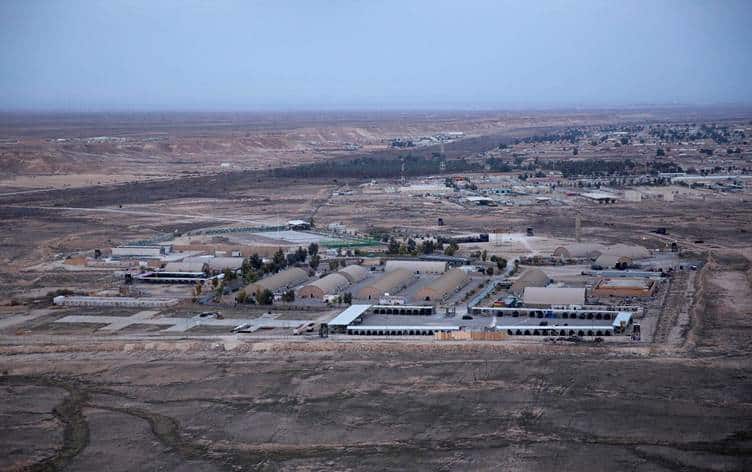In a fresh round of confrontations, a US warplane has launched a retaliatory strike against an Iran-backed militant group suspected to be at the heart of recent attacks on the Ain Al-Asad base, as confirmed by the US Central Command.
The strike orchestrated from the American side is widely seen as a robust response and a measure of self-defence exerted to protect its interests in the region. This development follows Iran’s increasing influence in the Middle East, raising concerns among officials and spectators alike.
The US Central Command, the force overseeing American military operations in the Middle East and Central Asia, issued a report detailing the event. The statement affirmed that an American aircraft initiated a focused counterstrike aimed at neutralising forces believed to be direct contributors to the offensive on Ain Al-Asad base.
The Ain Al-Asad base, on Iraq’s western border, has been a recurrent target of attacks since the US-led invasion of Iraq in 2003. The latest incident being an act of aggression against the installation which houses multiple international forces, including American and coalition troops.
The American airstrike against the armed group supported by Iran signals mounting tensions in the region. This highlights the rapidly evolving face of conflict in the Middle East, where Iran’s involvement is increasingly marked in militarised altercations. Iran has been implicated in providing support, including detailed logistics and contingency, to a variety of armed factions across the Middle East.
The defensive action taken by the U.S. is a clear affirmation of the country’s resolve to protect their on-ground assets. The U.S. government, while demonstrating a reasoned stance towards Iran’s aggressive tendencies, conveys to international spectators that it will not shy away from safeguarding its regional interests and those of its allies.
This U.S. operation comes on the back of increased geopolitical tensions in the Middle East region, involving a range of state and non-state actors, intermittently colluding and clashing. The stability of the region becomes ever more precarious with the critical balance of power subjected to the ambitions of Iran, the US, and other regional players.
The retaliatory measure instigated by the US military is seen as a significant move. While the American government has largely relied on diplomatic pressures and economic sanctions to curb Iran’s ambitions, this military action indicates a distinct shift in strategy.
Indeed, the incident underlines a pressing question around diplomatic relations and strategic alliances in the region. It forces a re-evaluation of the existing dynamics, bringing to the forefront the implications of shifting military power plays, the positioning of international actors, and the profound impact these could have on the region’s future stability.
Simply put, this proactive strike by a US warplane brings into sharper focus the issue of Iran’s involvement in backing armed militant groups across the Middle East region. It underlines the immediate need for an international consensus in addressing the situation, bringing a peaceful resolution for the peoples of the region and ensuring a stable global environment remains not just a possibility, but a reality.
Whilst the direct confrontation between American and Iran-backed forces is an alarming escalation, it further underscores the importance of achieving a robust and effective diplomatic solution. The coming days will undoubtedly unveil the full repercussions of this latest event, highlighting the pivotal role of strategic diplomacy in de-escalating the situation and the path taken by the key players involved.
Image Credit: AP



















